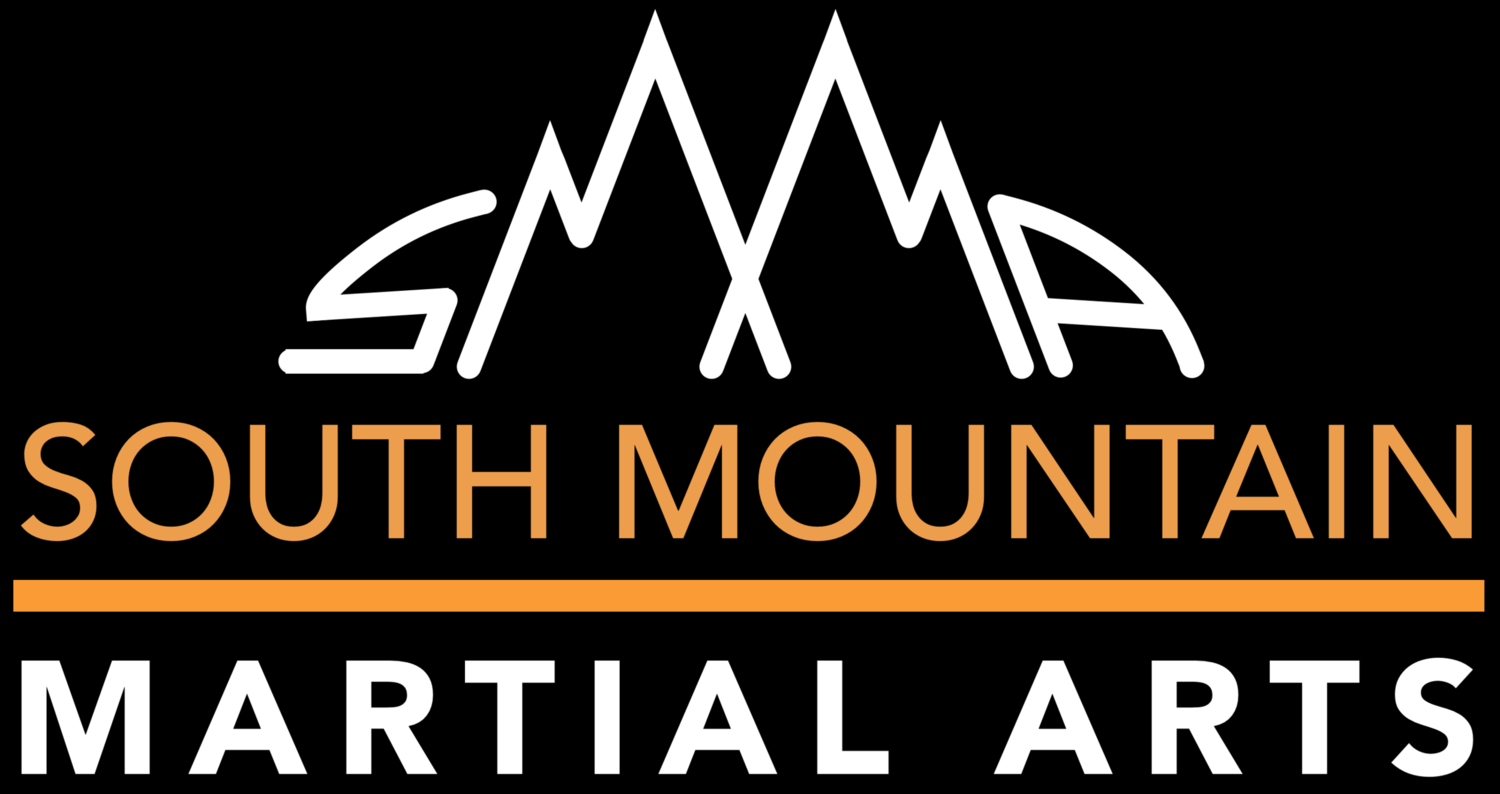Kenpo
Kempo , or Kenpo , is a Japanese term meaning "Fist Code" or "Fist Method", and it is used to refer to martial arts of Chinese origin. In kenpo, the endlessly innovative energy of the Chinese barehanded fighting systems has been channeled by the systematic and intensely pragmatic Japanese approach to close combat in order to form an integrated, comprehensive, and practical martial art. The style taught at SMMA has its origins in the Japanese migrants to Manchuria in the early 20th Century. At that time, Japanese, Koreans, Okinawans, Chinese and even Mongolian people lived in the area (known as Manchukuo) along with native Manchurians. A number of Kempo/Kenpo styles developed there and they show influences from all those collected populations, though the systems are largely Japanese in orientation and tradition. As the name implies, kenpo practitioners are experts in eclectic styles of kickboxing, but they must also be proficient in very close quarters fighting, and they must be knowledgable grapplers.
The techniques of South Mountain Kenpo link to each other in ways that make sense, & our form of kenpo sparring is challenging! The practice has very little resemblance to what the average practitioner thinks of as "karate". Hand techniques aren't "chambered at the waist"; kicks aren't "snapped"; sweeping methods are taught and used with and without hand grips; throws and grappling are required in free-sparring.
One of the main benefits to this style of practice is that mature adults, many already having karate or tae kwon do backgrounds, have been very happily surprised that they don't need extremes of flexibility to be able to kick effectively! They most often find that the practice of our kenpo techniques just doesn't hurt their joints as much as those of the more common styles of hand and foot fighting. This is true despite the fact that throws and controlled contact to the legs are both allowed in our kenpo sparring sessions.


